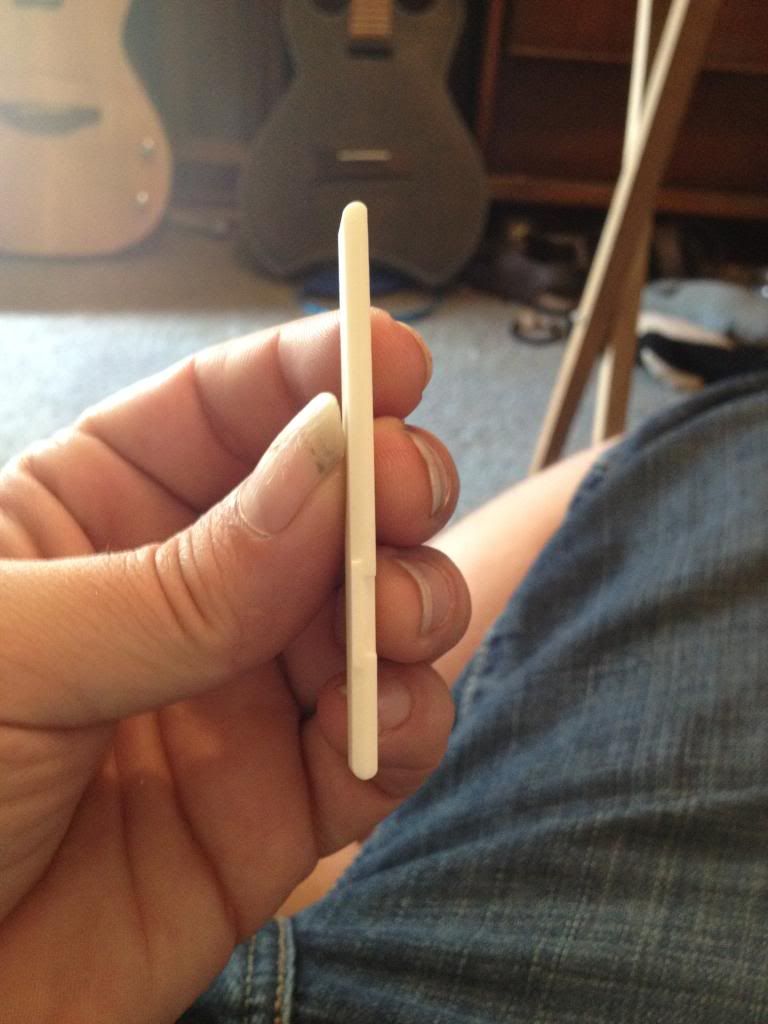There are two common (admittedly broad) forms of compensation for pre-made saddles. One style sets beck only the B string, with all the rest left toward the front. This is what you have there, and they can work fine on bridges with a slightly greater angle to the slot itself where the increased lower string compensation is brought by the position of the saddle rather than it's shape. The second category compensates the B string, leaving the high E, then the G and D near the front, then stepping back incrementally on the low A and E strings. These can be preferred on bridges with shallower slot angles, where the increased saddle compensation is built more in to the shape of the saddle and less on it's position.
Both can be acceptable approximations, sometimes quite good, but both still generic approximations. I personally prefer something in between, where the furthest forward break points are no closer than .020"-.030" to the front, so that the break point can still have some support in front of it rather than a sharp and fragile drop off. Then the lower most strings typically benefit from a more dramatic increase in compensation than a straight G-E line can provide, but many of the pre-compensated saddles can exagerate this incremental increase a bit. Furthermore, many leave the fulcrum point just too far toward the back with too little surface area to distribute the string pressure across, leaving the saddle prone to chipping, denting, and potentially increasing risk of string breakage. I prefer at least .050"-.060" saddle surface in contact with the string (can't always achieve this on a 3/32" saddle) rolled smoothly between near the back angle to just shy of the string plane. Of course to do this requires an intentional and ideal saddle slot position, but most 1/8" slots will provide room for this.
In any case, that's indeed a right handed saddle you have. Whether it will work better or worse than the other style with the stepped back lower strings will depend largely on the position and angle of your slot.
|
